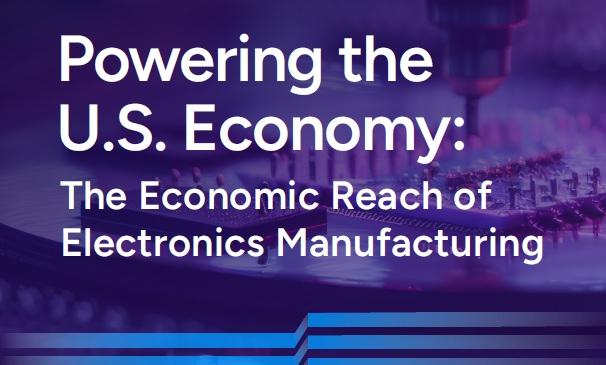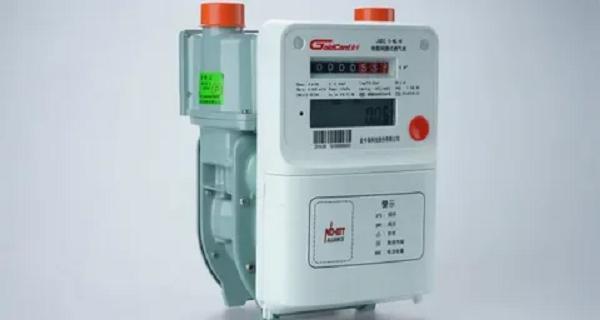Penn State student cracks 100-year-old math problem transforming wind turbine design – The Brighter Side of News

Advancements in Aerodynamic Modeling for Wind Turbines: A Catalyst for Sustainable Development Goals
Executive Summary
A recent breakthrough in aerodynamic theory, developed at Penn State, presents a comprehensive solution to a century-old mathematical problem in wind energy. This new model, created by engineering student Divya Tyagi, significantly enhances the foundational Glauert theory by incorporating previously omitted variables for thrust and bending moment. This innovation is poised to accelerate progress toward several United Nations Sustainable Development Goals (SDGs), particularly SDG 7 (Affordable and Clean Energy), SDG 9 (Industry, Innovation, and Infrastructure), and SDG 13 (Climate Action), by enabling the design of more efficient, durable, and cost-effective wind turbines.
Revising Foundational Wind Energy Theory for Enhanced Sustainability
Limitations of the Historical Model
The prevailing model for determining the theoretical power output of wind turbines, established by Hermann Glauert in 1935, has been a cornerstone of aerodynamic design. However, this model possessed critical limitations that have constrained the optimization of modern renewable energy infrastructure. Key deficiencies included:
- An incomplete assessment of the physical loads on turbine blades, specifically the thrust (axial force) and bending moment (torque).
- An assumption of steady pressure across the rotor, which does not reflect real-world operating conditions.
- A failure to account for static pressure loss and centrifugal forces, issues noted by subsequent researchers but not mathematically resolved until now.
These gaps have hindered the ability of engineers to design turbines that are simultaneously optimized for maximum power generation and long-term structural integrity, a crucial balance for advancing SDG 9.
An Innovative Solution through Calculus of Variations
Divya Tyagi’s research applies the calculus of variations to provide a more complete and elegant solution. This new framework builds upon Glauert’s work but extends it to calculate exact integral values for the critical forces affecting turbine performance. The primary contributions of this new model are:
- Comprehensive Performance Metrics: It provides exact mathematical expressions for the coefficients of power, thrust, and bending moment.
- Full Operational Range: The solution is valid across the entire spectrum of tip speed ratios, making it highly relevant for the variable conditions faced by modern turbines.
- Practical Application: The model simplifies complex aerodynamic principles into a user-friendly framework, making it accessible for both academic research and industrial engineering applications.
Direct Impact on Sustainable Development Goals
Accelerating SDG 7 (Affordable and Clean Energy) and SDG 13 (Climate Action)
The practical implications of this research directly support the global transition to sustainable energy. Even marginal improvements in turbine efficiency yield substantial results when scaled across large wind farms. This research contributes to SDG 7 and SDG 13 by:
- Increasing Energy Output: A projected 1% increase in the power coefficient of a large turbine can generate enough additional electricity to power an entire neighborhood, making clean energy more abundant.
- Reducing the Cost of Energy: By enabling the design of lighter, more durable, and more reliable turbines, the model helps lower the levelized cost of electricity (LCOE) from wind, making it more competitive with fossil fuels.
- Enhancing Climate Mitigation: More efficient and cost-effective wind energy accelerates the displacement of carbon-intensive power sources, directly contributing to global climate action targets.
Fostering SDG 9 (Industry, Innovation, and Infrastructure) and SDG 4 (Quality Education)
This development is a testament to the power of academic research in driving industrial innovation. Originating as an undergraduate honors thesis at Penn State’s Schreyer Honors College, the work exemplifies the role of higher education in solving real-world challenges. This achievement supports:
- Resilient Infrastructure: By providing a tool to design turbines that can better withstand physical stresses, the model promotes the development of more resilient and sustainable energy infrastructure as called for in SDG 9.
- Industry Innovation: The research provides the next generation of engineers with a superior design tool, fostering innovation within the renewable energy sector.
- Quality Education and Research: The project, which earned the Anthony E. Wolk Award for best undergraduate aerospace research, highlights the critical link between quality education (SDG 4) and technological advancements that benefit society.
Conclusion: From Academic Theory to Global Impact
The resolution of Glauert’s problem by Divya Tyagi marks a significant milestone in the field of aerodynamics. By providing a complete mathematical framework that accounts for power, thrust, and bending moment, this research closes a long-standing gap in wind energy theory. Its primary value lies in its direct applicability to designing the next generation of wind turbines. By making these systems more efficient, durable, and economical, this innovation serves as a powerful enabler for achieving global targets for affordable clean energy, sustainable infrastructure, and climate action, demonstrating the profound impact that focused research can have on the pursuit of the Sustainable Development Goals.
Analysis of Sustainable Development Goals in the Article
1. Which SDGs are addressed or connected to the issues highlighted in the article?
The article on Divya Tyagi’s breakthrough in wind turbine aerodynamics connects to several Sustainable Development Goals (SDGs) by focusing on improvements in renewable energy technology, which is a cornerstone of sustainable development.
- SDG 7: Affordable and Clean Energy: This is the most direct SDG addressed. The entire article revolves around improving the efficiency and design of wind turbines, a key source of clean energy. The research aims to make wind energy more productive (“Improving the power coefficient”) and cost-effective (“bringing down the overall cost of clean energy”), thus contributing to making it more affordable and accessible.
- SDG 9: Industry, Innovation, and Infrastructure: The article is a case study in innovation within the renewable energy industry. It details a significant technological advancement (“a cleaner and more complete solution to a classic aerodynamic challenge”) that can lead to building more resilient and sustainable infrastructure (turbines that are “strong enough to withstand these forces over time”).
- SDG 13: Climate Action: By enhancing the viability of wind power, the innovation described in the article directly supports efforts to combat climate change. More efficient and durable wind turbines can accelerate the transition from fossil fuels to renewable energy sources, which is a critical climate action.
- SDG 4: Quality Education: The article highlights the role of higher education and scientific research in driving progress. The innovation originated from an undergraduate thesis project at Penn State (“Tyagi’s journey began during her time as an undergraduate at Penn State’s Schreyer Honors College”). It showcases how quality education and academic mentorship (“Her adviser, Professor Sven Schmitz, who co-authored the study”) can produce solutions to real-world problems.
2. What specific targets under those SDGs can be identified based on the article’s content?
Based on the issues discussed, several specific SDG targets can be identified:
-
Target 7.2: Increase substantially the share of renewable energy in the global energy mix.
- The research aims to make wind turbines more efficient. As the article states, “Improving the power coefficient of a large wind turbine by just 1% has significant impacts on the energy production.” This increased output from each turbine helps increase the overall share of wind power in the energy mix.
-
Target 7.a: Enhance international cooperation to facilitate access to clean energy research and technology… and promote investment in energy infrastructure and clean energy technology.
- The research was published in the journal Wind Energy Science, making the findings accessible to the global scientific and engineering community. This act of publishing and sharing knowledge directly facilitates access to clean energy research and technology.
-
Target 9.4: Upgrade infrastructure and retrofit industries to make them sustainable, with increased resource-use efficiency and greater adoption of clean and environmentally sound technologies.
- Tyagi’s work allows for the design of turbines that are not only more efficient but also more durable (“build machines that not only produce more power but last longer”). This leads to more sustainable infrastructure. The article also mentions that these insights could lead to “lighter, cheaper, and more reliable turbines,” which represents an upgrade in technology for the renewable energy industry.
-
Target 9.5: Enhance scientific research, upgrade the technological capabilities of industrial sectors… encouraging innovation.
- The article is centered on a scientific breakthrough (“a new approach to a 100-year-old math problem”) that originated in a university setting and has direct applications for the wind energy industry. The story of a student solving a problem that “puzzled researchers for decades” is a clear example of enhancing scientific research to encourage innovation.
3. Are there any indicators mentioned or implied in the article that can be used to measure progress towards the identified targets?
Yes, the article mentions or implies several specific indicators that can be used to measure progress:
- Power Coefficient: The article explicitly mentions the “power coefficient” as a key metric for turbine performance. The statement, “Improving the power coefficient of a large wind turbine by just 1% has significant impacts,” establishes it as a direct indicator of energy efficiency (relevant to Target 7.2).
- Thrust and Bending Moment Coefficients: Tyagi’s model calculates “exact values for both the force pushing on the rotor (thrust) and the torque that causes blades to twist (bending moment).” These coefficients are indicators of the physical loads on a turbine, and measuring them allows engineers to design more durable and reliable machines (relevant to Target 9.4).
- Cost of Energy: The article implies that the innovation will lower costs, stating it could lead to “cheaper… turbines—bringing down the overall cost of clean energy.” The levelized cost of energy (LCOE) from wind farms would be a key indicator of progress towards making clean energy more affordable (relevant to SDG 7).
- Publication of Scientific Research: The article notes that the research was “published in Wind Energy Science.” The number and impact of scientific publications on clean energy technology serve as an indicator of progress in research and knowledge sharing (relevant to Target 7.a and 9.5).
- Student-led Research and Innovation: The story of Divya Tyagi’s undergraduate thesis winning an award (“the best undergraduate aerospace research project at Penn State”) and leading to a published paper serves as a qualitative indicator of how educational institutions are fostering skills for sustainable development (relevant to SDG 4).
4. Table of SDGs, Targets, and Indicators
| SDGs | Targets | Indicators Identified in the Article |
|---|---|---|
| SDG 7: Affordable and Clean Energy | 7.2: Increase substantially the share of renewable energy in the global energy mix. |
|
| SDG 9: Industry, Innovation, and Infrastructure | 9.4: Upgrade infrastructure and retrofit industries to make them sustainable. |
|
| SDG 9: Industry, Innovation, and Infrastructure | 9.5: Enhance scientific research… encouraging innovation. |
|
| SDG 4: Quality Education | 4.7: Ensure that all learners acquire the knowledge and skills needed to promote sustainable development. |
|
Source: thebrighterside.news

What is Your Reaction?
 Like
0
Like
0
 Dislike
0
Dislike
0
 Love
0
Love
0
 Funny
0
Funny
0
 Angry
0
Angry
0
 Sad
0
Sad
0
 Wow
0
Wow
0





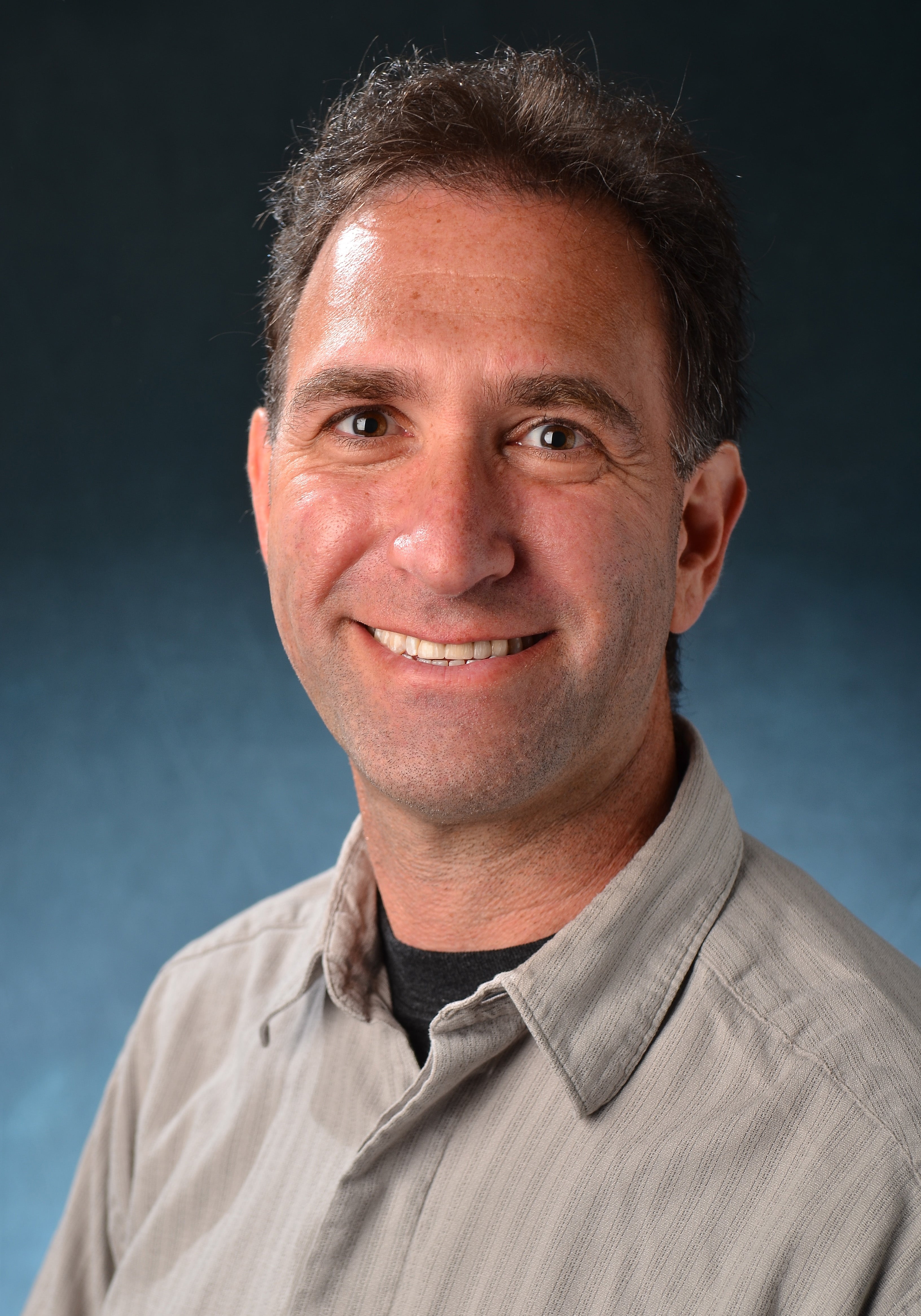

























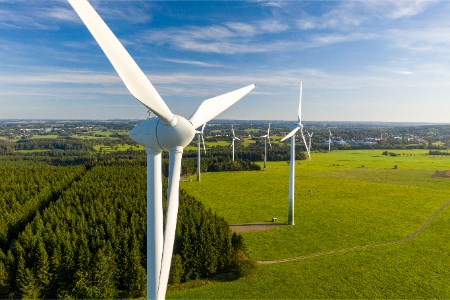
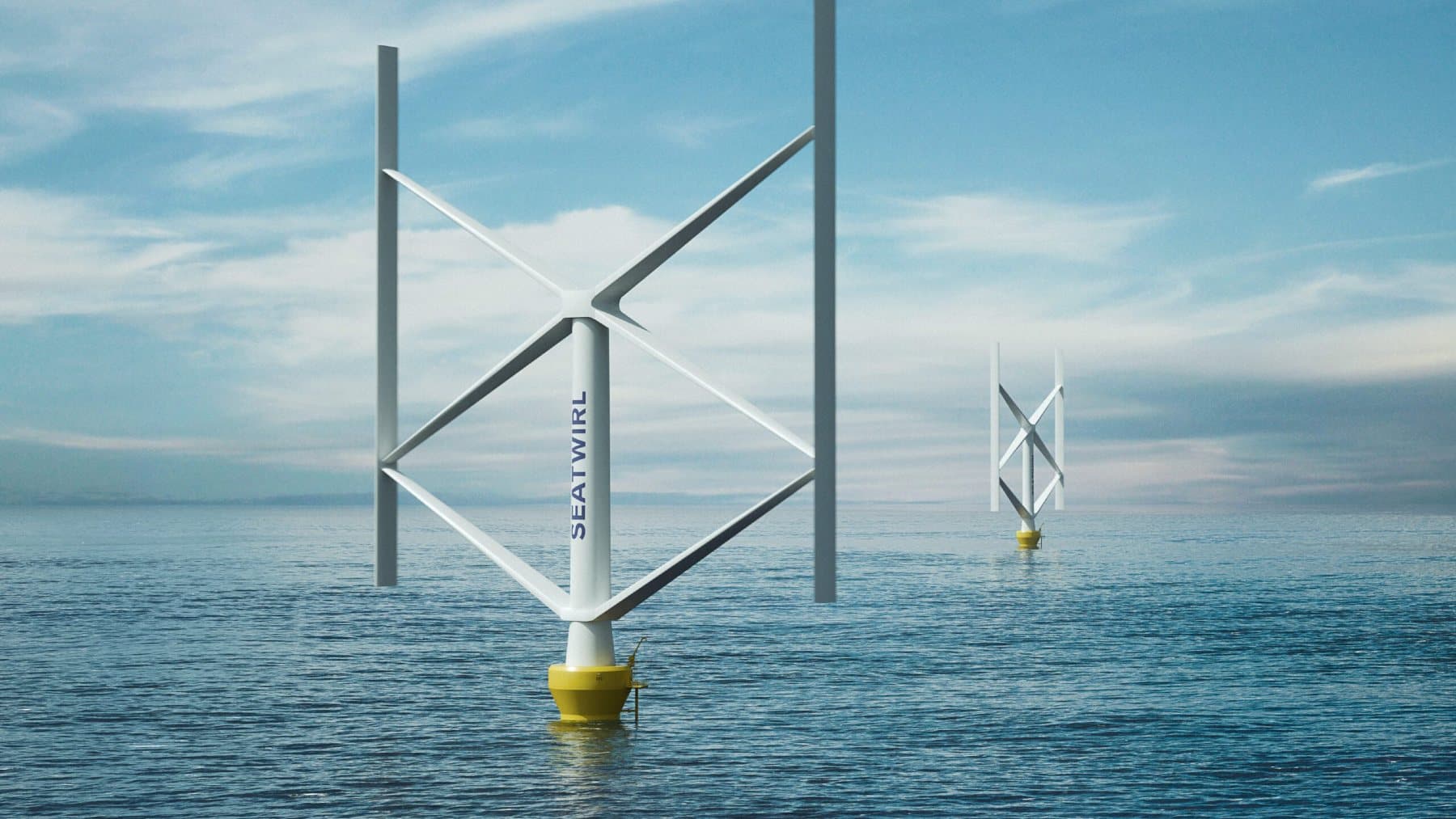




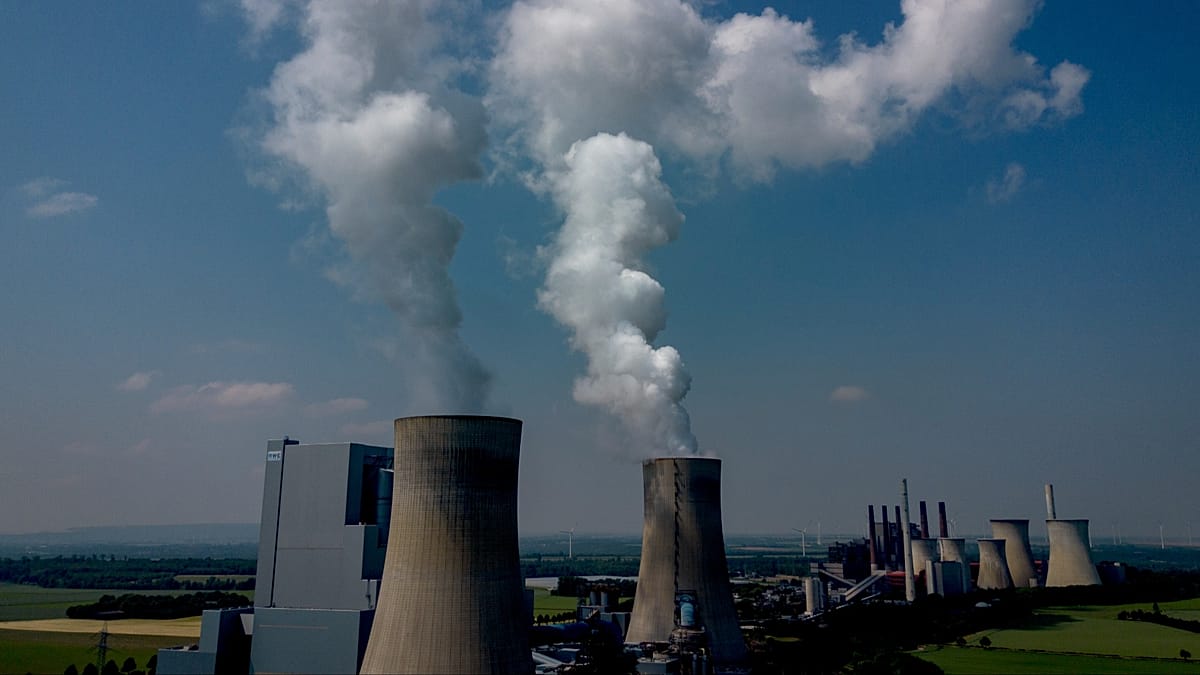



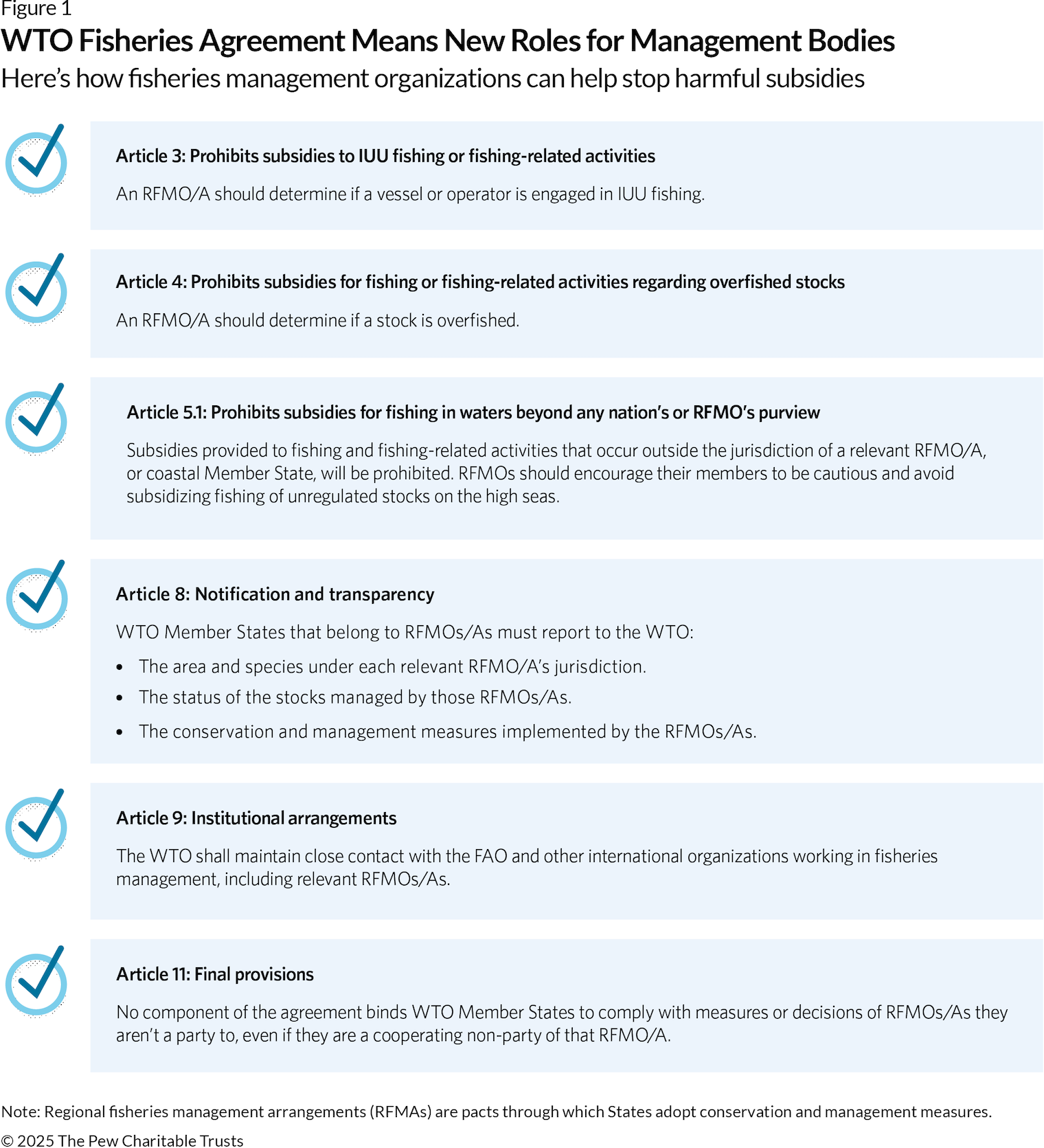

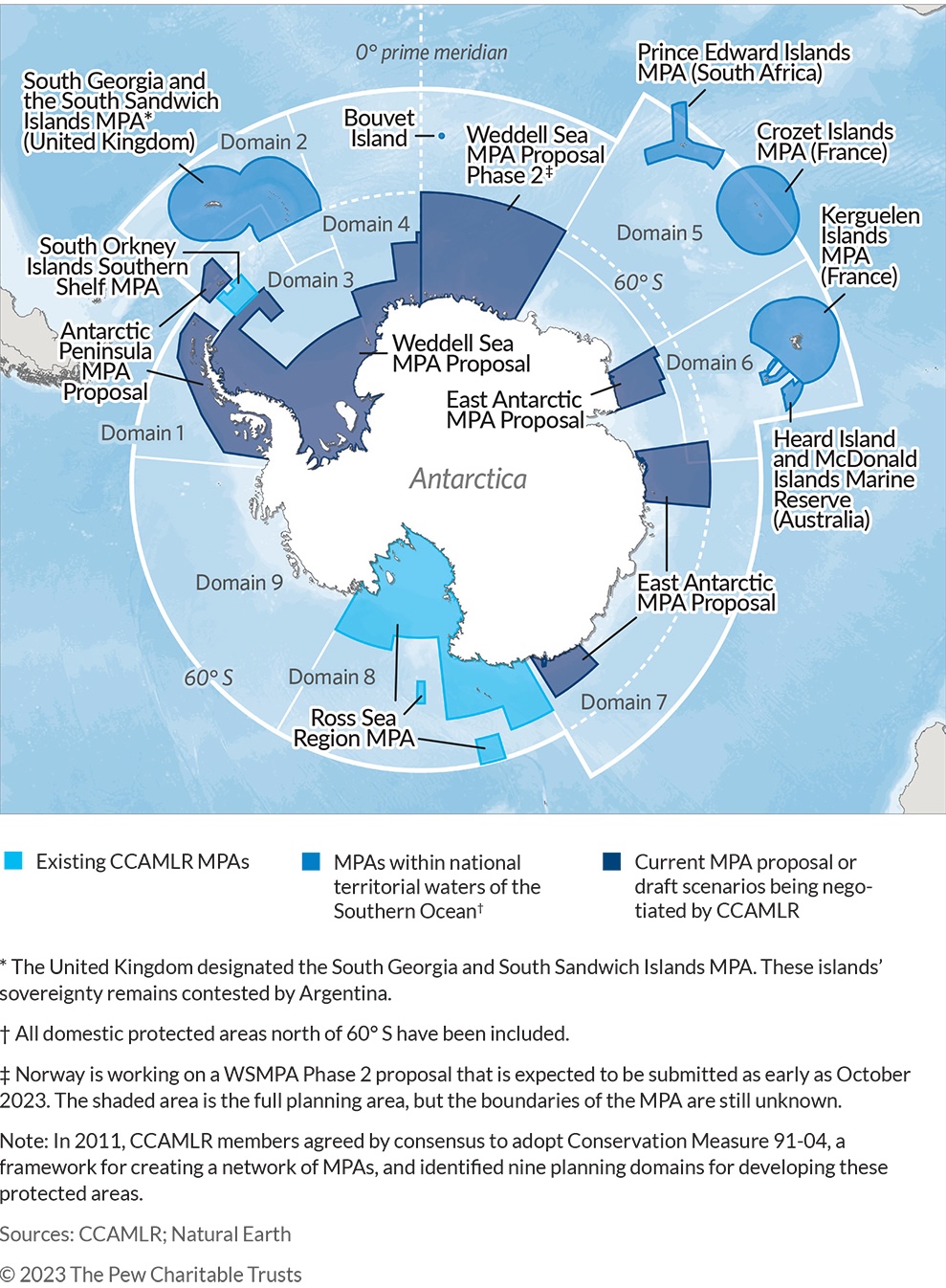











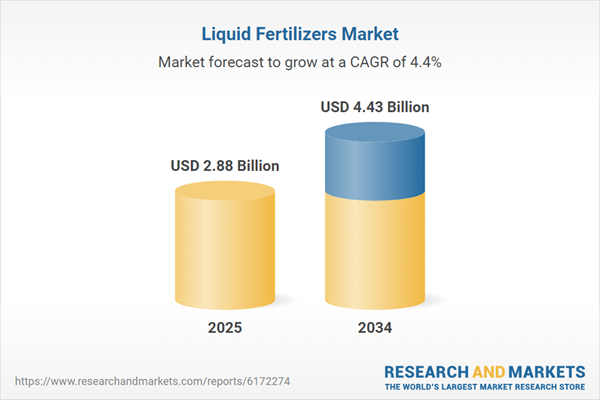

.jpg?h=50da7ea4&itok=DTgFLdpn#)
